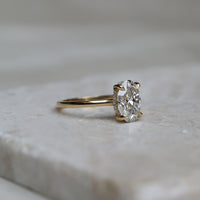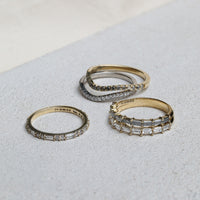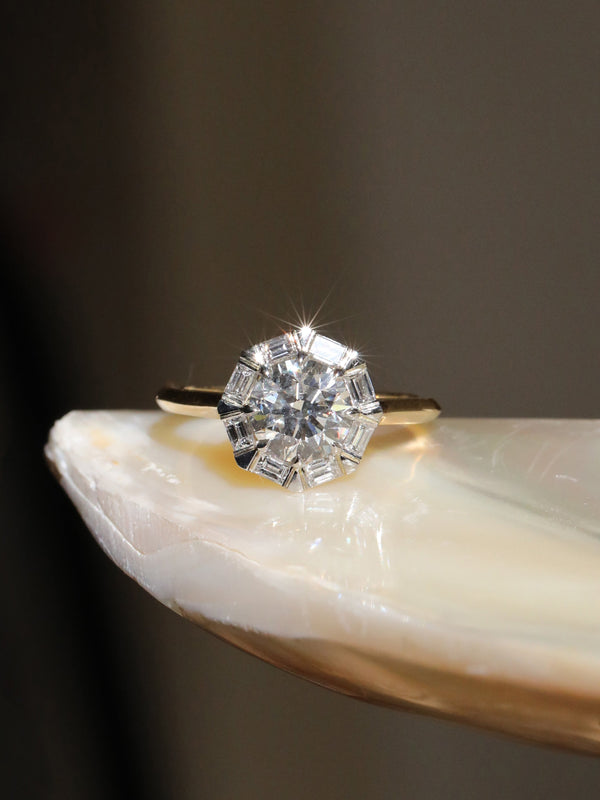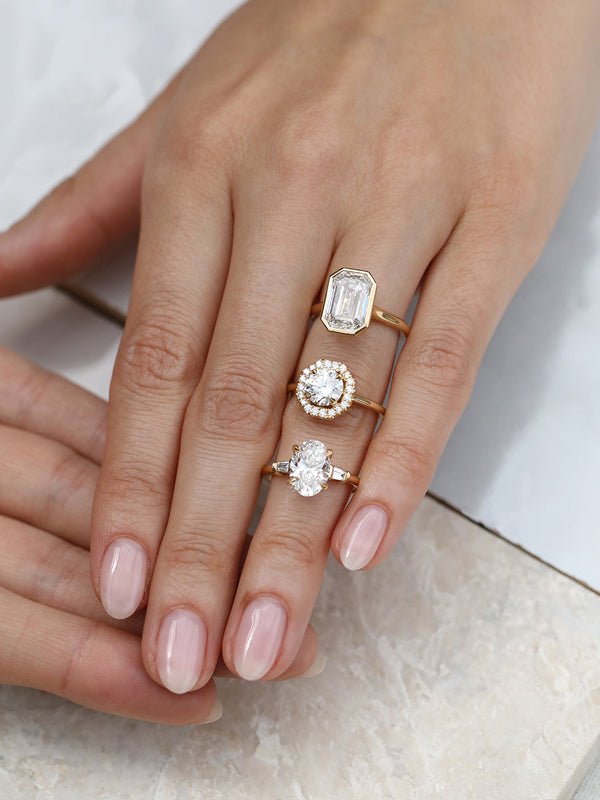
The Cushion Cut Diamond Guide
ReadCushion cut diamonds have long captivated jewellery lovers with their sumptuous pillowy shape and beautiful sparkle.
In this guide we cover the origins of the cushion cut, the tasteful sparkle and the impact of setting styles on its iconic silhouette.
what is a cushion cut?
Cushion cut diamonds are characterised by their square shape with curved sides and rounded corners. Elongated cushion cuts are more rectangular in shape, but still retain the softness of their square counterpart.

Cushion Cut Origins
Although similar in shape, the old mine cut predates the cushion cut diamond. The old mine cut was developed to maximise the natural shape of a rough diamond, which was important as diamonds were cut entirely by hand - a slow and laborious process.
With the invention of the brilliant faceting in the 1900’s, the soft lustre of old mine cuts gave way the sparkle and fire of cushion cuts and they developed into the cut we know and love today.

Modified vs. Brilliant Cuts
The cushion cut falls into two primary categories - cushion brilliant and cushion modified brilliant.
The cushion brilliant will be most familiar, using a traditional brilliant faceting pattern and classic play of light. The modified version often incorporates additional facets on the crown or pavilion of the diamond that give the stone a dazzling appearance - the ‘crushed ice’ look.
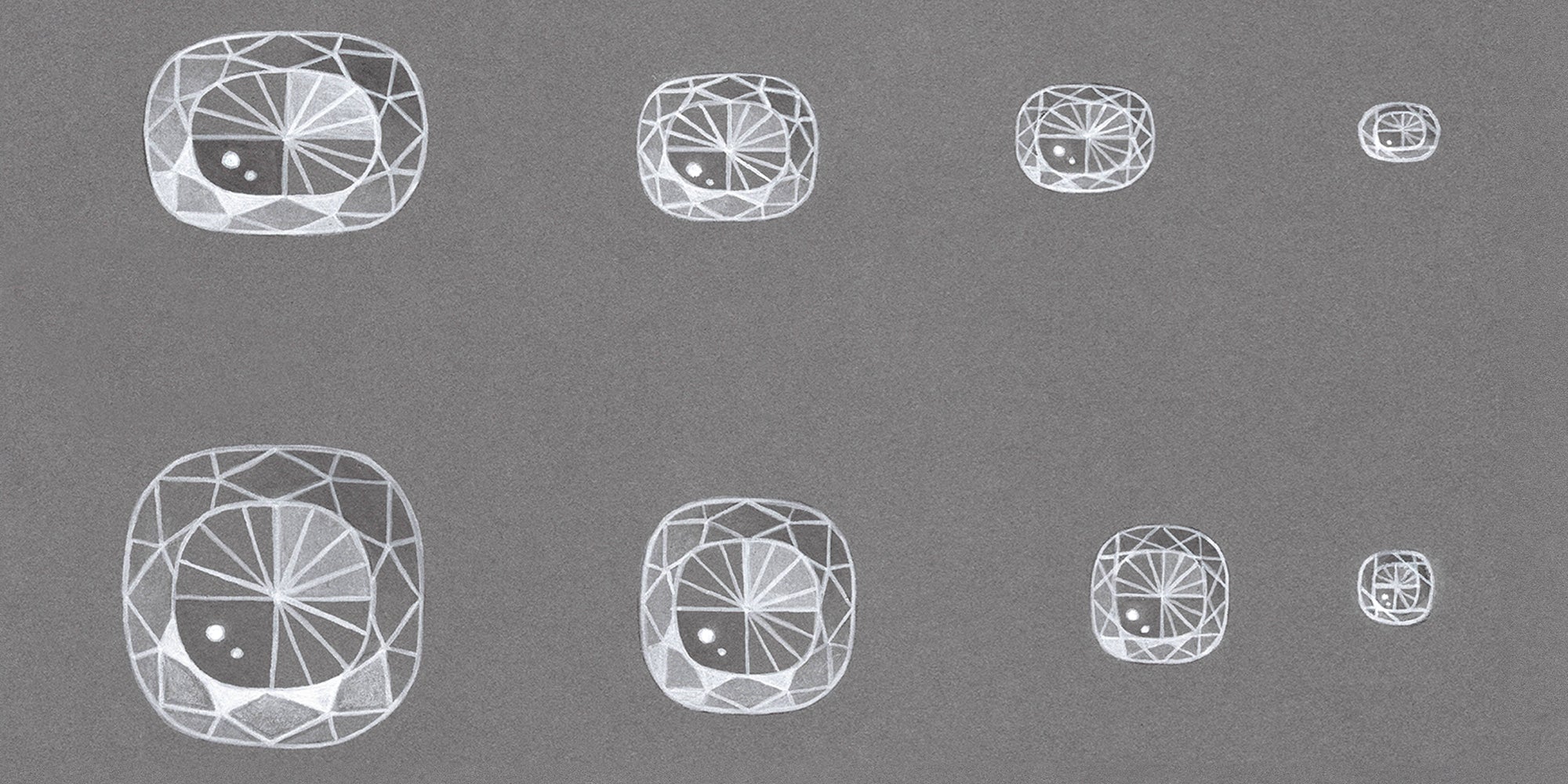
The Golden Ratio
Not all cushion cuts are made equal - in fact, the subtle difference in their shape, size and ratio can make navigating this cut quite challenging. 1:1 up to 1.05 will be optimal for a true square cushion cut, while 1:1.3+ will create a true elongated cushion.
But there is much variation within this, and both the curve of the edges and roundness of the corners can impact the appearance of each cushion’s shape. We always recommend viewing a photo or video of the diamond before committing to it to get a true sense of how the diamond will look on.
What Should I Look Out For?
Symmetry is key in a cushion cut, and even the slightest variation in the curve of the corners can make the entire stone feel off-kilter. Symmetry will be graded on your diamond’s report - avoid anything lower than ‘very good’.

What Setting Styles Work Best?
Setting styles are really make-or-break for a cushion cut ring. It’s important to consider the silhouette of the diamond and work to its strengths. A very rounded cushion cut would benefit settings that accentuate its corners like a double claw, whereas a bezel setting highlights the sumptuous shape of an elongated cushion cut.
Avoid 4 single claws on a very rounded cushion cut diamond, as this can make the diamond appear as a misshapen round cut.

Why Choose A Cushion Cut?
Despite often being compared to round and princess cuts for their similarities in shape, the cushion cut actually has a different sparkle pattern. It is more subdued, but no less beautiful, making it a really elegant alternative to these two cuts.
Many of the cushion cut engagement rings featured have been created as custom designs for our clients. To begin your bespoke engagement ring story, book an appointment today.
